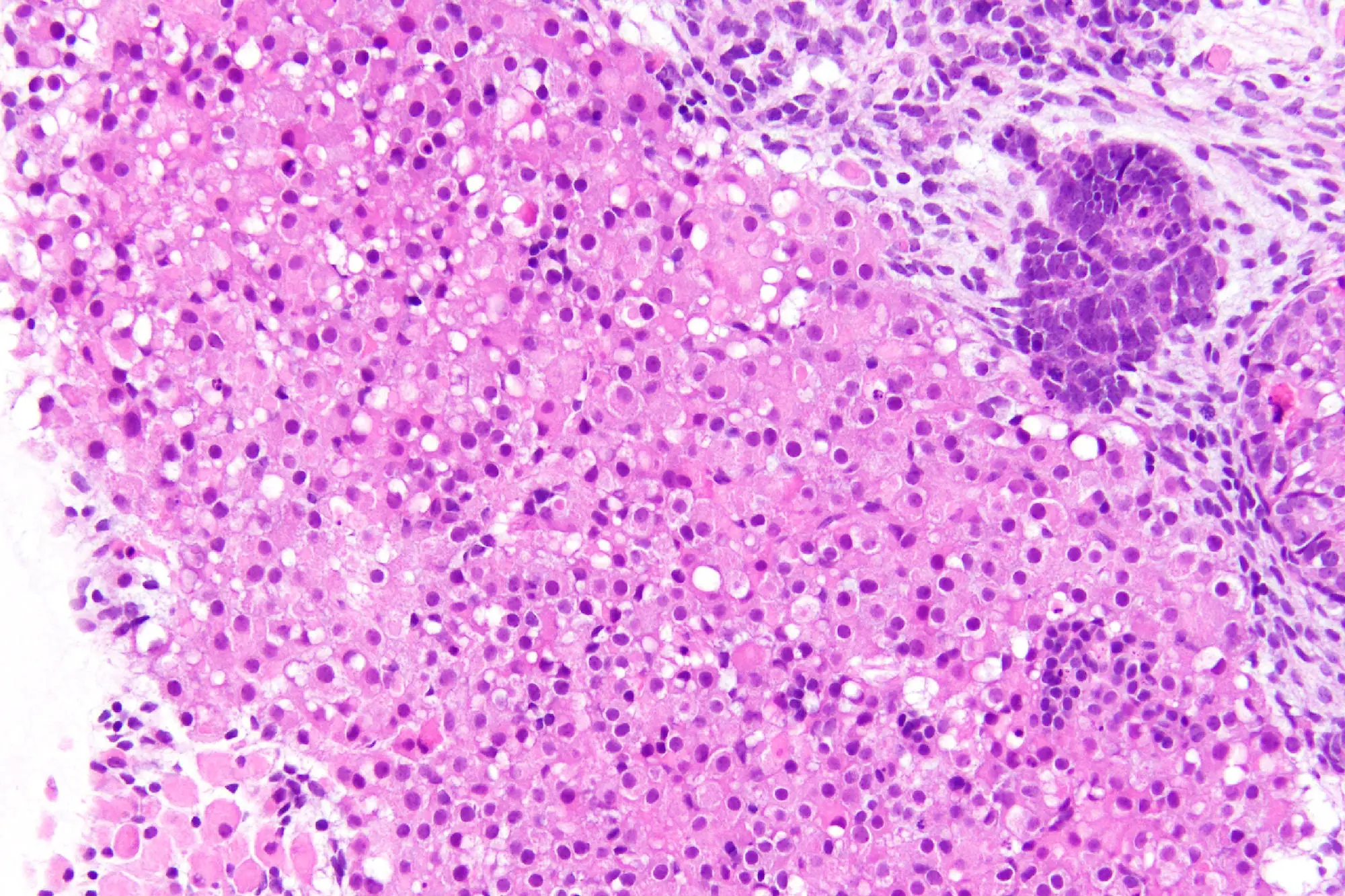Petri Dish Art: The Intersection of Science and Art

Art and science are often viewed as disparate fields of study, with one focused on expressing emotions and the other on discovering objective truths about the world. However, there is a long history of connections between the two disciplines, as both require creativity and a deep appreciation for beauty and order.
In recent years, a new movement has emerged that celebrates the intersection of science and art. Petri dish art, in particular, has become a popular way to explore the beauty of microbiological organisms and their relationship to our environment.
Petri dishes, often used in laboratories to culture microorganisms, have become a canvas for artists to express their fascination with the natural world. By using these small, circular plates as a foundation for their artwork, artists can create unique pieces that celebrate the beauty of science.
One of the most interesting aspects of Petri dish art is the range of sizes that artists use. Some artists work with tiny, 5cm dishes, creating intricate designs at a microscopic level. Others choose larger, 10cm plates, allowing for more detailed and complex artwork.
The size of the Petri dish can influence not only how much detail an artist can create, but also the overall impact of their work. Small dishes can be viewed under a microscope, allowing for a unique perspective on the artwork. Larger dishes, on the other hand, can be hung on a wall or displayed on a shelf, creating a visually stunning piece of art.
Artists who work with Petri dishes are often inspired by the scientific study of microorganisms. They may use a variety of materials, including gel media, bacteria, and yeast, to create intricate patterns and designs. Some artists use fluorescent dyes and UV lights to add an otherworldly, sci-fi edge to their artwork.
The use of science in art is not limited to Petri dish art, however. Many artists are inspired by scientific concepts and data, weaving them into their artwork in subtle and profound ways. From sculptures inspired by mathematical equations to paintings that express the beauty of physics and anatomy, the intersection of science and art is a rich and fertile ground for creativity.
Regardless of the medium or size of the artwork, science in art offers a unique way of seeing and appreciating the world. By blending creativity, curiosity, and a deep appreciation for beauty and order, artists who work with Petri dishes and other scientific concepts are pushing the boundaries of what it means to be an artist in the modern world.
In conclusion, Petri dish art is a fascinating movement that blends science and art in a truly unique way. From tiny 5cm dishes to larger 10cm plates, the size of the dish can influence the level of detail and impact of an artist's work. By using gel media, bacteria, yeast, and fluorescent dyes, artists are able to create breathtaking designs that celebrate the beauty of microbiological organisms and the natural world. Whether through Petri dish art or other forms of art inspired by science, the intersection of these two disciplines offers a compelling new way of seeing and appreciating the world around us.